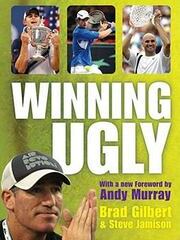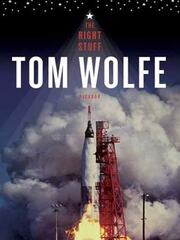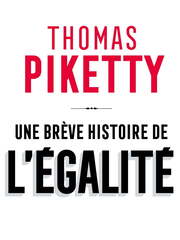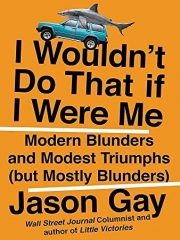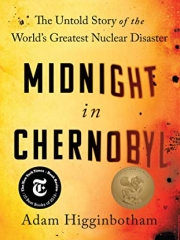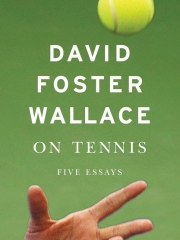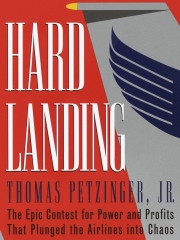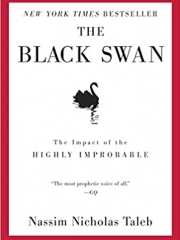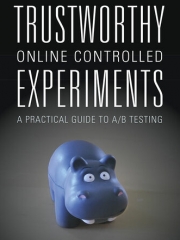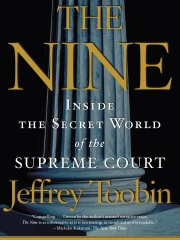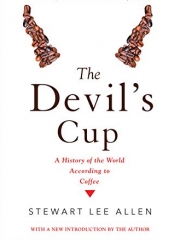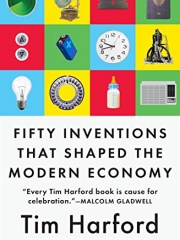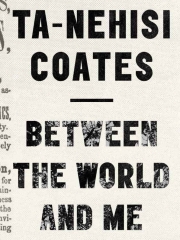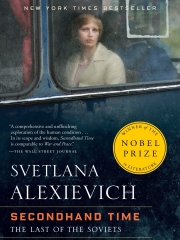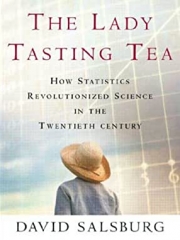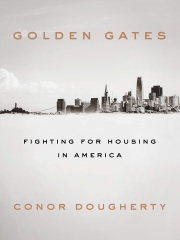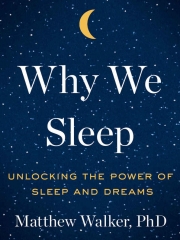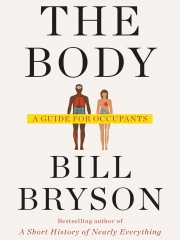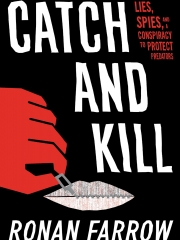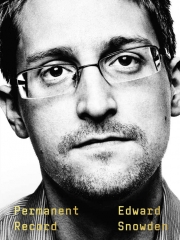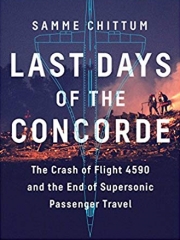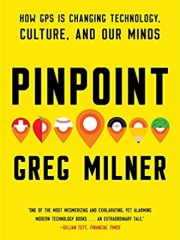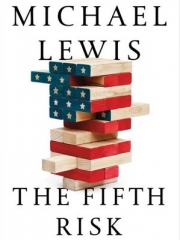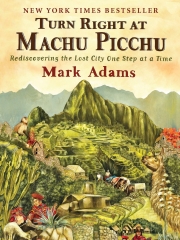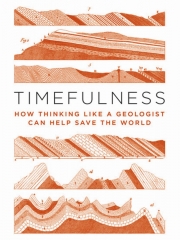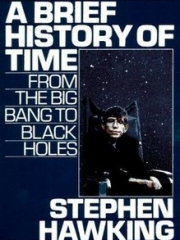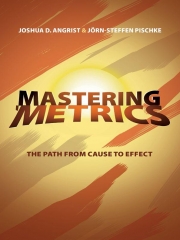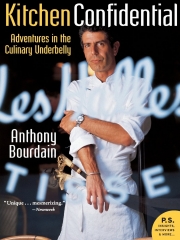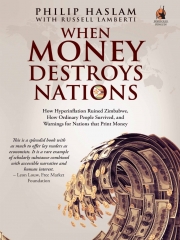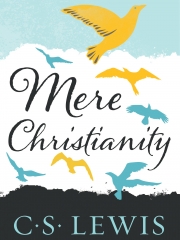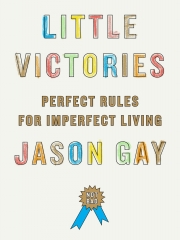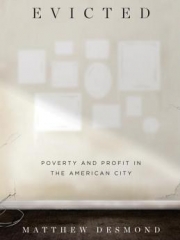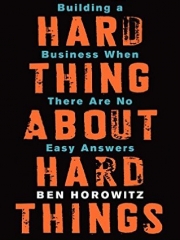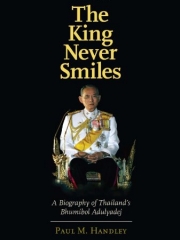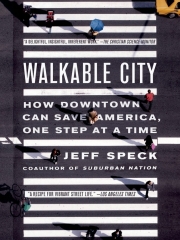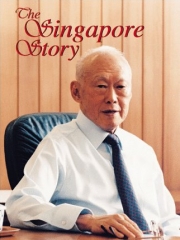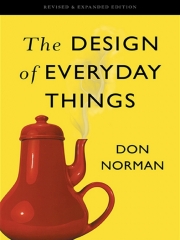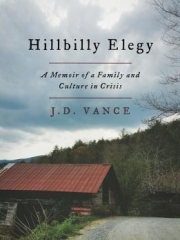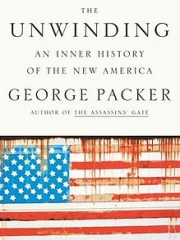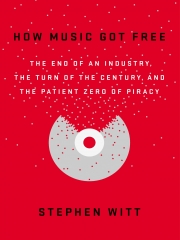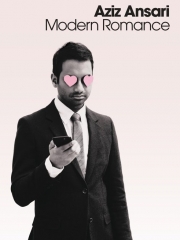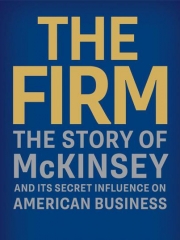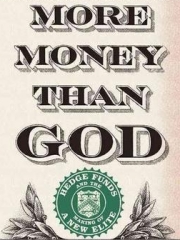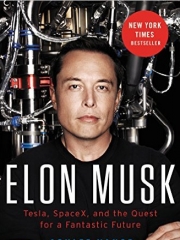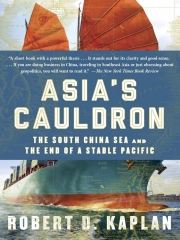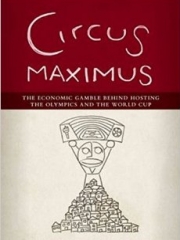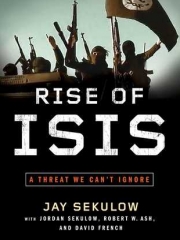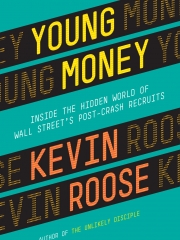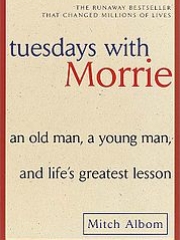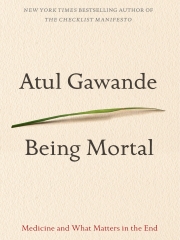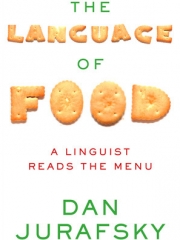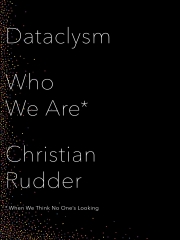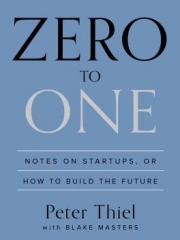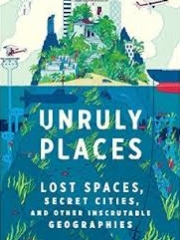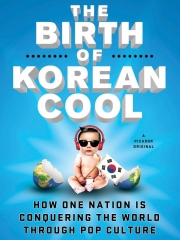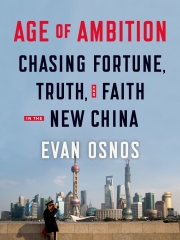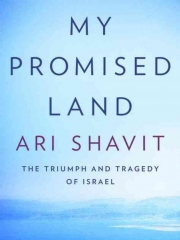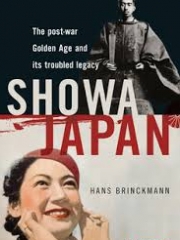Fifty Inventions that Shaped the Modern Economy by Tim Harford
Even though I consciously try to steer away from economics books, Marginal Revolution is still one of my top book inspiration sources, especially when I can’t browse bookstores. Given the natural setup, I’ll go all out here and write a comment for each of the fifty inventions.
1) Plow – Average height decreased six inches when humans went from foraging to agriculture. I think I’ve read this before, probably in Sapiens.
2) Gramophone – The ability to record meant that the top artists became richer and everyone else lost out.
3) Barbed Wire – Apparently I didn’t know what barbed wire was. Not any old fence is barbed wire…
4) Seller Feedback – The first item sold on Ebay was a broken laser pointer.
5) Google Search – Page and Brin, while downloading the internet, used up nearly half of Stanford’s bandwidth.
6) Passports – The modern passport was born out of WWI and the League of Nations.
7) Robots – Recent robots have focused more on thinking than doing (e.g. trade stocks vs clean toilet).
8) Welfare State – Otto von Bismarck is credited with creating the modern welfare state, a populist move against the rise of Marxist ideas.
9) Infant Formula – I had only vaguely been aware of this, but Nestle marketed its formula products and trapped mothers in Africa who became dependent.
10) TV Dinners – In 2015, Americans spent more on eating out than groceries. I wonder how long it’ll take to cross this threshold again after Covid.
11) The Pill – Birth control pills were banned in Japan until 1999, four decades after the U.S.
12) Video Games – Would you choose being a Starbucks barista or a starship captain?
13) Market Research – The first market researcher was responsible for selling ads more effectively. It’s fascinating that advertising pushed into market research before any real product.
14) Air Conditioning – 1920s movie theaters were one of the first wide use cases of air conditioning, bring about the idea of the summer blockbusters.
15) Department Stores – Selfridge revolutionized department stores with by implementing open displays and providing women with a new shopping experience.
16) Dynamo – Electricity allowed factories to be flexible, whereas steam engines had to be turned on or off completely.
17) Shipping Container – The Vietnam War indirectly jumpstarted the standardization of shipping containers because it needed a way to ship supplies to Vietnam.
18) Bar Code – Joseph Woodland got the idea for bar code when pulling his fingers through sand.
19) Cold Chain – Cold chain enabled companies like United Fruit Company to take advantage of banana republics. Speaking of which, how has the clothing store not changed its name?
20) Tradable Debt and Tally Sticks – When officials decided to destroy tally sticks, they also burned down the House of Lords by accident.
21) Billy Bookcase – Billy bookcase and Bang mug are two of the most iconic Ikea products.
22) Elevator – I’ve never thought about the elevator as the greenest mode of transportation.
23) Cuneiform – Cuneiform tablets featured wedges that counted objects.
24) Public-Private Cryptography – NSA tried to stop a presentation due to national security issues. Stanford could only cover legal costs for professors, not the students.
25) Double Entry Bookkeeping – During feudal times, accounting was oral, spawning the term “auditors.”
26) Limited Liability Corporations – In contrast to free-market capitalism ideals, most Americans work in large companies where hierarchy dictates what gets done. Interesting thought.
27) Management Consulting – The Glass-Steagall Act of 1933 forced investment banks to hire a third parties for their deals.
28) Intellectual Property – In 2014, Tesla opened up access to its patents. Open source as a concept is mind boggling.
29) Compiler – The term “debugging” traces back to a moth causing problems in the Harvard Mark II.
30) iPhone – Siri was acquired in 2010. To this day, I have still never used Siri.
31) Diesel Engine – Diesel is more efficient than gasoline but the engines are more expensive and it has lower RPM since it relies on compression, not a spark plug. Ok, I’m just regurgitating what it says. I don’t understand how engines work.
32) Clocks – As a predecessor of the modern time zones, railroad time was born out of a necessity to synchronize railway schedules.
33) Chemical Fertilizer – The Haber Bosch process combines nitrogen and hydrogen to make ammonia.
34) Radar – In 1956, two planes crashed over Grand Canyon due to poor air traffic control, prompting the Federal Aviation Act of 1958 and the creation of the FAA.
35) Batteries – Lithioum-ion battery was only commercialized in 1991.
36) Plastic – The first plastic was Bakelite.
37) Banks – The Knights Templar operated one of the earliest forms of banking, allowing pilgrims to deposit in London and withdraw in Jerusalem.
38) Razor and Blades – Why don’t people just use electric shavers?
39) Tax Havens – If you add up the assets and liabilities of every financial center, they should add up. Good interview question to estimate size of tax havens.
40) Leaded Gasoline – I’d never heard of leaded gasoline…
41) Antibiotics and Farming – I’ve now read about the impending doom of antibiotics several times. It seems inevitable, and yet again we will do nothing about it until it’s too late.
42) M-Pesa – Is this what Venmo could have been instead of a buggy app?
43) Property Registers – Registration can turn property from asset to capital.
44) Paper – Animal skin -> cotton -> wood -> recycled paper -> pixels.
45) Index Funds – Are we approaching the singularity where everyone just trades index funds?
46) S-Bend – “To spend a penny” means to pee because it initially cost a penny to use a flushing toilet.
47) Paper Money – Jiaozi used in Sichuan is considered to be the world’s first paper money. Rulers didn’t want gold and silver coins to leak out of China given Sichuan’s location.
48) Concrete – Reinforced concrete worked because concrete and steel expand in a similar way when heated.
49) Insurance – Lloyd’s coffee house, where people gathered to bet on shipping, is the birthplace of modern insurance.
50) Lightbulb – Barring detailed methodology I’m not aware of, CPI calculation seems like a completely inaccurate way of measuring how much better life has gotten better.
This book screams coffee table material, but it turned out to be an engrossing read throughout. My only knock is the deliberate yet unnecessary attempt to shove the inventions into meaningless categories.
